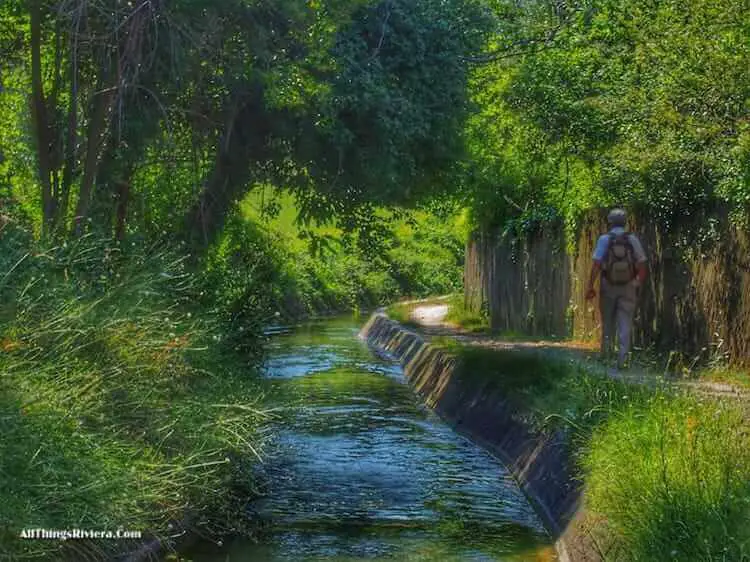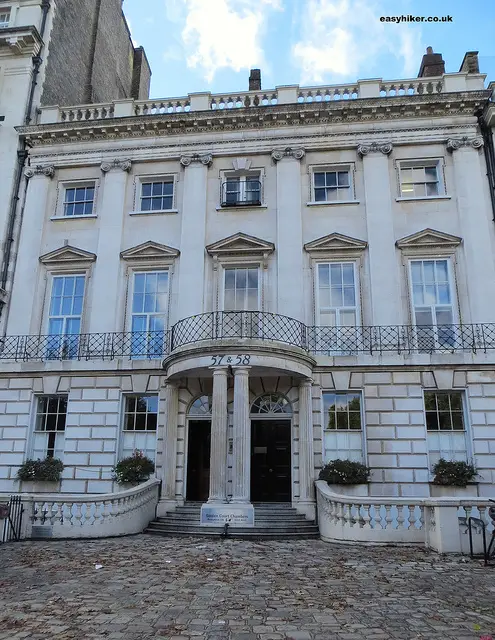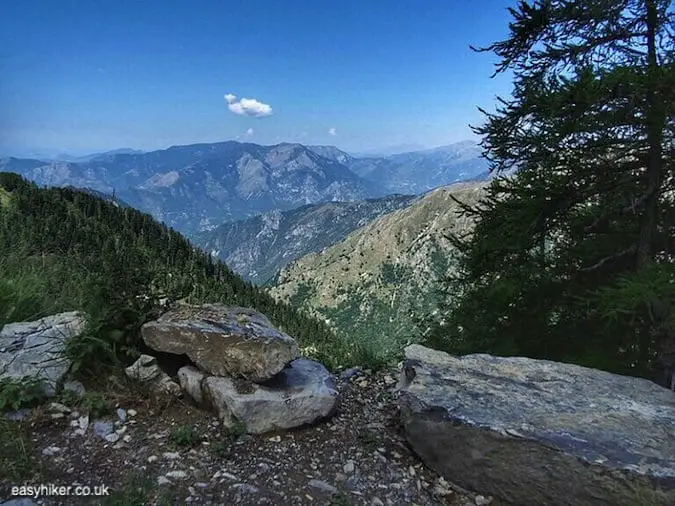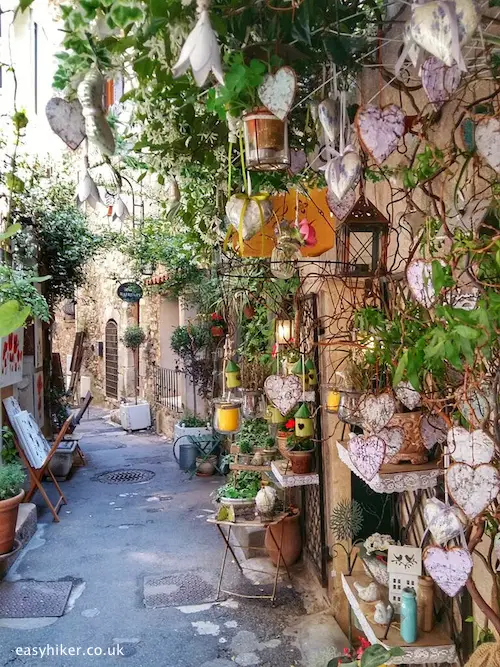For a daytrip outside Bristol, we recommend a hike around the Clifton Suspension Bridge, easy-to-reach via city bus line no. 8, …

… or an urban walk through Bath, one of Britain’s foremost tourist attractions and the only place on earth that has been listed twice as a UNESCO World Heritage Site: once in its own right (in 1987) and then again (in 2021) as one of the Great Spa Towns of Europe.

To describe what Bath is like, I should perhaps start by pointing out what it is not: It is not a university town (unlike the similarly sized UK tourist attractions of Oxford and Cambridge) where students and lecturers in black gowns may give visitors the feeling that they, somehow, play a small part in some ancient ritual of wider significance.
No rituals are practiced in Bath other than selfie-taking and queuing. Bath is a one-horse town, and that horse is called Tourism.

Bath is not a seaside town – it does not have the joyous vulgarity of Blackpool or Brighton – nor do people come here to conduct business.
Bath is not a major player on the congress-and-conference circuit, and, perhaps as a consequence, does not appear to attract a large amount of overseas interest: according to the statistics, tourists from outside the UK account for less than ten percent of Bath’s whopping total of 6 million visitors a year – while, on the other hand, one in four Britons says they have visited the city at least once within the last 5 years.
In a single phrase: what you see in Bath is genteel Britain at leisure.

So what is Bath? It first made its name in antiquity as Northern England’s premier resort town, but with the exception of the Roman Baths, not much of this heritage has survived in the modern city’s urban fabric.
Instead, Bath has become Britain’s premier showcase for architecture from the Georgian and Regency periods …

… when the city prospered as the country’s favourite spa town: the Las Vegas of a budding Empire.
The grace and elegance of the period’s art appears to suggest that the Britain of the late 18th and early 19th century was far removed from the continental turmoil of the French Revolution and the reign of Napoleon.
In fact, however, Regency Britain equally went through a period when the aristocratic ancien regime faded in the dawn of modernity. In the fields of the arts and architecture, meanwhile, Georgian classicism made way for a frivolous decadence. Bath found itself very much at the centre of this process.

For a scenic walk, we suggest a stroll alongside the river Avon. We also suggest you do this first, before going anywhere else, and join the river immediately after your arrival through the back exit of the train station.
Cross the bridge to turn left towards the Avon Lock and beyond for some magnificent views.

When you reach Pulteney Bridge …

… leave the river for the time being and use the bridge to cross over into the town center.
With its shops and cafés that look across the river, …

… the bridge has a medieval feel, but it was, in fact, built in the 18th century.
It is said that the architect, Robert Adam, worked on the basis of an unused blueprint by Andrea Palladio for the reconstruction of the Rialto Bridge in Venice.
In the town centre, you can find all the attractions that have earned Bath its two places on the UNESCO list of World Heritage Sites – such as the Abbey, the Roman Baths and the Royal Crescent with the adjacent Victoria Park.

At the end of your tour, we suggest you rejoin the Avon to continue your scenic walk, turning left to close the loop back to the train station.

If, at any stage between the two halves of the river walk, you are looking for a garden where you can rest for a short while in splendidly beautiful surroundings, we suggest the Parade Gardens just to the south of Pulteney Bridge.

In the 18th century heyday of this private garden, visits were only granted as a special favour and “on application”, but today, you can enter by paying a small fee.
It is here where you can also find a (modern) statue of King Bladud, the mythical founder of Bath in pre-Roman times.

The story goes that Bladud contracted leprosy as a young man and was consequently banned from the royal court. After the exiled prince had found employment as a swineherd (Prince Harry does not know how lucky he is), he noticed that his pigs, when returning covered in black mud from a near-by swamp, appeared to be mysteriously protected against the type of skin diseases that other pigs were suffering from.
The prince decided to take a mud bath himself, found that his pustules and eczema disappeared and then returned to the court to claim his crown.
Near the place of his mud bath, the freshly crowned King Bladud established a city, which – hundreds of years later – became the Roman spa town of Aqua Sulis: the nucleus of today’s Bath. Bladud was eventually succeeded by his son, the equally legendary Leir – or “King Lear” as Shakespeare would call him.
Neither of these kings, however, could rightfully claim the title of Bath’s most famous resident. That honour goes to Jane Austen who only lived for a few years in Bath and whose opinions about the city were, to say the least, oddly mixed.
Still, her name and likeness are used to front much of the city’s PR campaign. Two of Jane Austen’s novels are (partly) set in Bath, and places that receive a mention include the Assembly Room, the centre of the social life in Regency Bath, and the Pump Room restaurant.
Both can still be visited today, but alternatively, you can also go on a “voyage of the mind”: there are plenty of places where the novelist could have walked in search of inspiration and many more where Anne Elliot from Persuasion and Catherine Morland from Northanger Abbey might have been spent some time when “off-duty”.
Bath is a great place to let your imagination roam freely.







